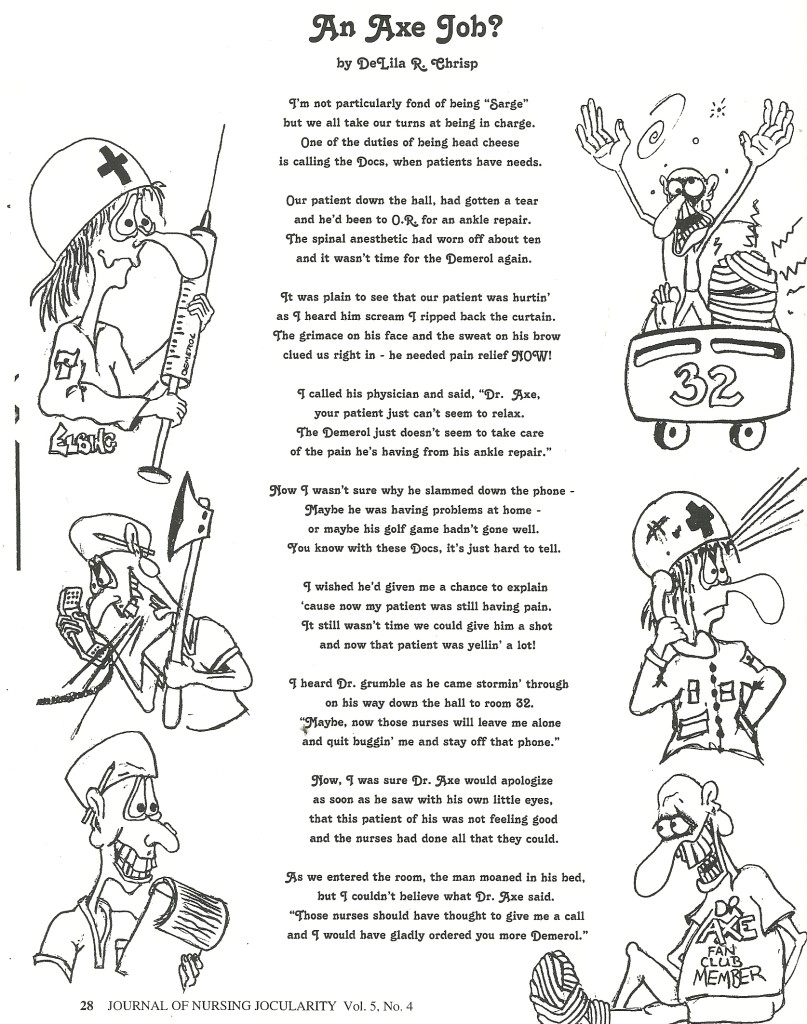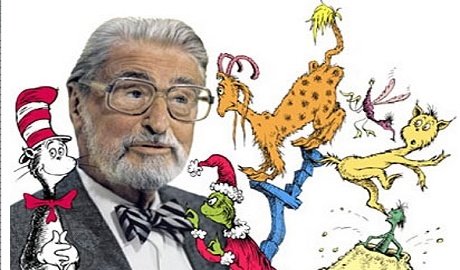April Fools
FYI – This week we are out of town for a family funeral. I will be posting my weekly blog today, but you will not see a weekly photo as my photo’s are home on my computer. (I am using my husband’s now.) I will be back next week with all the usual elements of my webpage.
This week we celebrated or scorned April Fool’s Day – depending on which end of the teeter-totter we were sitting.
I did some research on the history of April Fool’s Day and found that it doesn’t come in a tidy package with black and white wrapping. There are a lot of uncertainties of how it got started. It most likely began in France in the 16th century and became quite popular in many countries by the 19th century. It is not a public holiday in any country, but every country celebrates a form of April Fool’s Day although it may not be on April 1st. The one exception is China who did celebrate it in the past, but has recently banned the silly day – claiming it is not in line with their “core values.”
Advocates for April Fools Day, sometimes known as All Fool’s Day, claim the day is good for one’s health. It encourages light heartedness and laughter which decreases stress and reduces strain on the heart. Critics, on the other hand, adhere to the idea that hoaxes that are played can be creepy, manipulative, rude, and even a bit nasty.
Big corporations have been known to play jokes on April Fool’s Day. Google has been especially fond of a “good hoax.” In 2004 they announced the launch of Gmail with a one gigabyte inbox capacity. There competitor web services at the time were offering only four megabytes at the most. (1000 megabytes equal one gigabyte.)
I’ve participated in a couple of good jokes over the years. When I was growing up on the ranch, my sister and I were up before my dad one April first. This was an unusual occurrence and we didn’t want to waste the opportunity to concoct some sort of a joke. So we thought of what might be our dad’s biggest nightmare. We yelled,” PRAIRIE FIRE!” We of course, were watching for the reaction. Our dad raised straight out of bed. I think it was the first time we had seen our father in his underwear. He ran to the window and of course there was nothing but blue skies and waving prairie grasses. We yelled, “April Fool’s!!! And it all worked out well – he was soooo glad there wasn’t a fire, that he wasn’t too upset about the joke.
They say it’s always more fun to give than to receive and in the instance of April Fool’s jokes, that seems very applicable. I didn’t like it much when my son taped down the handle on the sprayer next to the kitchen sink. I was ready to walk out the door to work when I decided I better have a drink of water first. I turned on the faucet and cold water drenched my hair, my face and my clothes. I had time only to change my clothes. I went to work with limp hair and no makeup.
If you have a practical joke – one you’ve done or had done to you – maybe you’d like to share it so we can be ready for next year’s April Fool’s Day.
Until next week – if you keep on readin’, I’ll keep on writin’.





